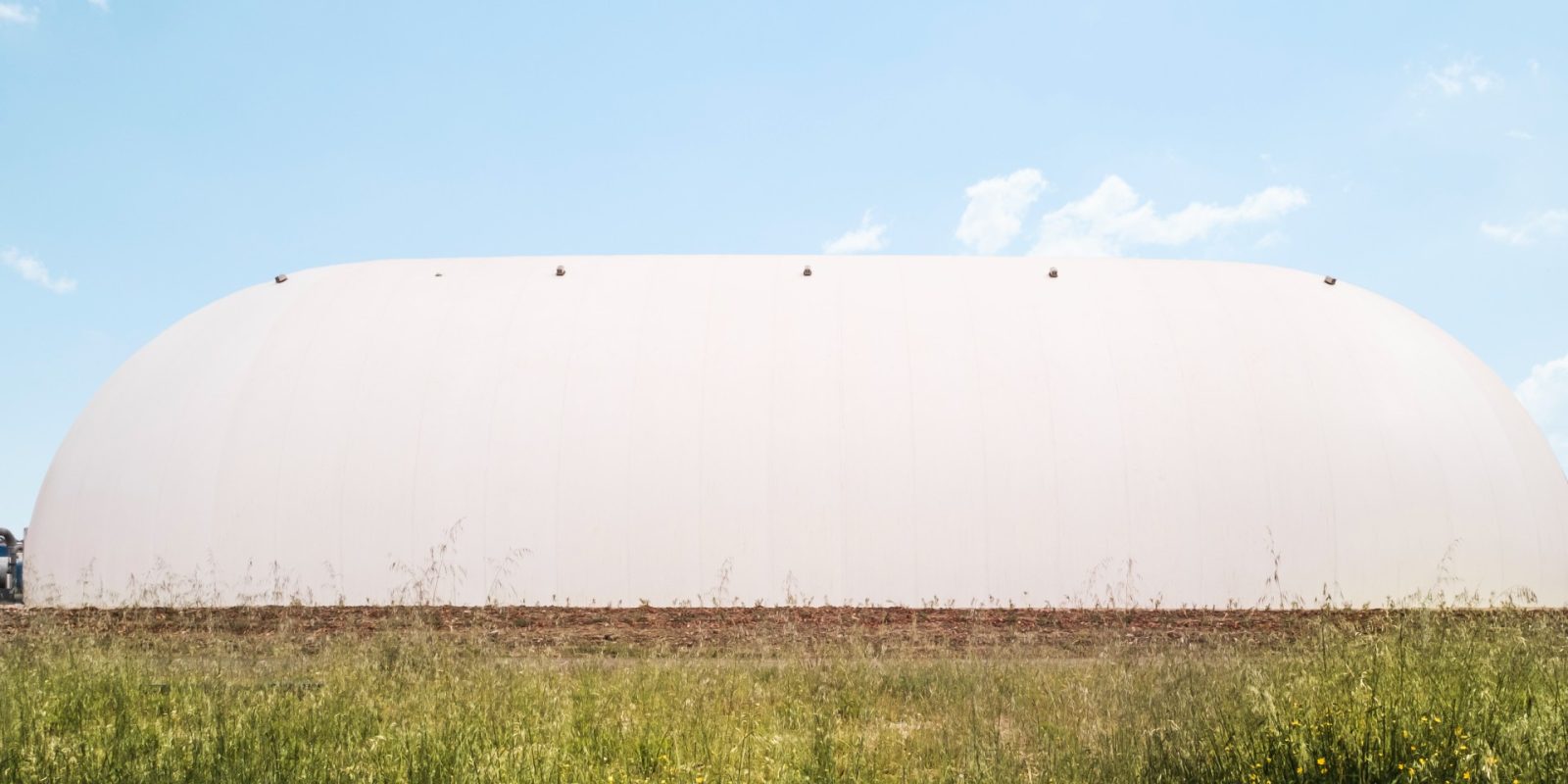
Italian startup Energy Dome yesterday announced a memorandum of understanding (MoU) with Danish wind giant Ørsted. Together, they will run a feasibility study on the deployment of a 20 megawatt (MW)/200 MWh energy storage facility using Energy Dome’s CO2 Battery technology at one or more Ørsted sites.
The partnership’s aim is to use long-duration energy storage to provide baseload renewable energy to Ørsted’s end-use customers in order to provide grid stability. The feasibility study will dispatch renewable energy over periods of 10 hours or longer.
According to Energy Dome, construction could potentially begin on Ørsted’s first 20 MW project, which will be sited in Europe, during the second half of 2024. The MoU includes an option for Energy Dome to develop additional CO2 Battery energy storage facilities for Ørsted.
Kieran White, VP Europe Onshore at Ørsted, said:
We consider the CO2 Battery solution to be a really promising alternative for long-duration energy storage. This technology could potentially help us decarbonize electrical grids by making renewable energy dispatchable.
At the end of June, Energy Dome commenced commercialization when it announced an MoU with Italian utility A2A.
Energy Dome has raised a total of nearly $25 million since the company emerged from stealth mode in February 2020. Its series B round is planned for later in 2022.
How the world’s first CO2 Battery works
Energy Dome sited its debut CO2 Battery in Sardinia to favor speed to market and ease of execution, as it’s in an industrial area with an existing electrical connection. Sardinia currently uses coal, but the fossil fuel will be phased out by 2025. The battery can be paired with both wind and solar.
CO2 is one of the few gases that can be condensed and stored as a liquid under pressure at ambient temperature, so, as Energy Dome states on its website, it’s the perfect fluid to store energy cost-effectively in a closed thermodynamic process. It allows for high-density energy storage without the need to go to extremely low temperatures.
Energy Dome founder and CEO Claudio Spadacini explained how it works to Bloomberg in May:
To charge the battery, we take CO2 at near atmospheric temperature and pressure and we compress it. The heat that is generated during compression is stored. When we exchange the thermal energy with the atmosphere, the CO2 gas becomes liquid.
To generate and dispatch electricity, the liquid CO2 is heated up and converted back into a gas that powers a turbine, which generates power. The CO2 gas is always contained and the entire system is sealed.
We don’t use any exotic materials. The technology uses steel, CO2 and water. So there is no dependency on rare earth materials like cobalt or lithium. This makes our technology geopolitically independent. It can be produced everywhere and it can be used everywhere.
Energy Dome made a short video last year demonstrating how its CO2 energy storage works:
Read more: The world’s largest offshore wind farm is now fully operational
Photo: Energy Dome
FTC: We use income earning auto affiliate links. More.






Comments